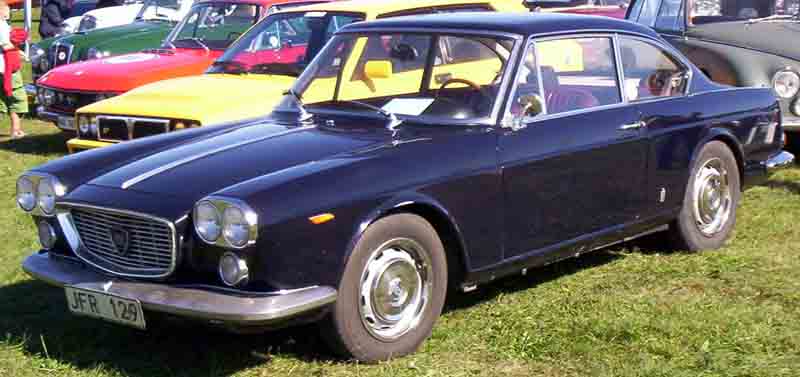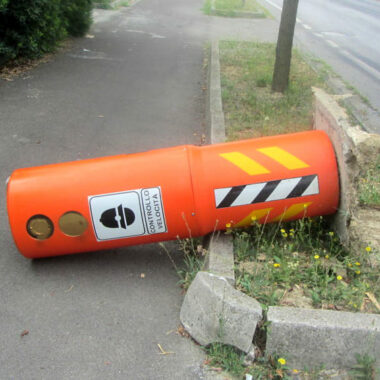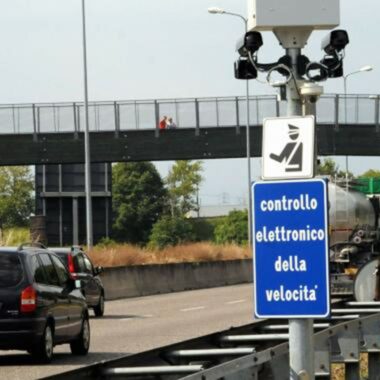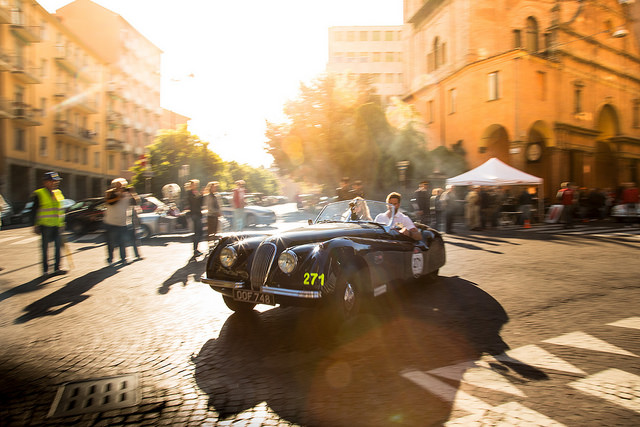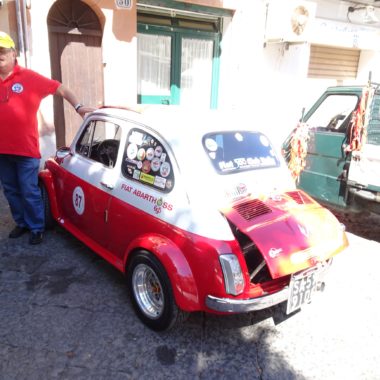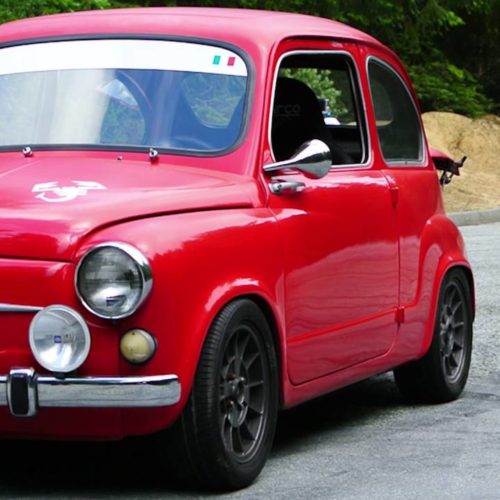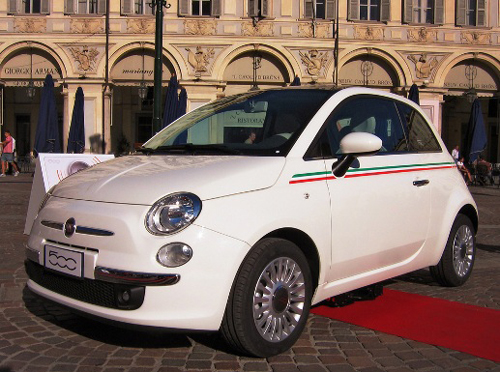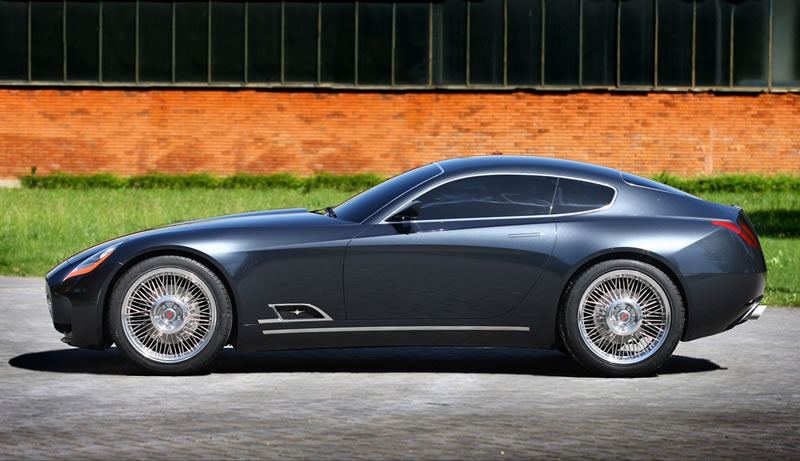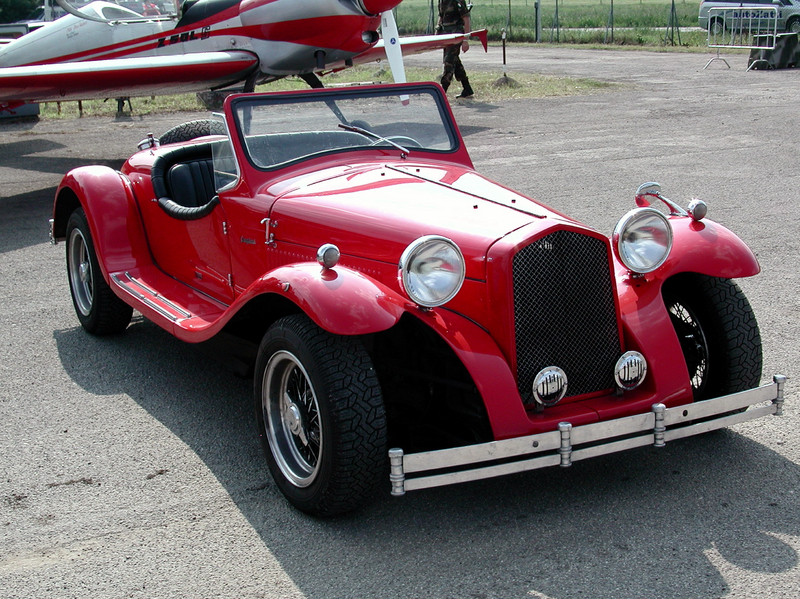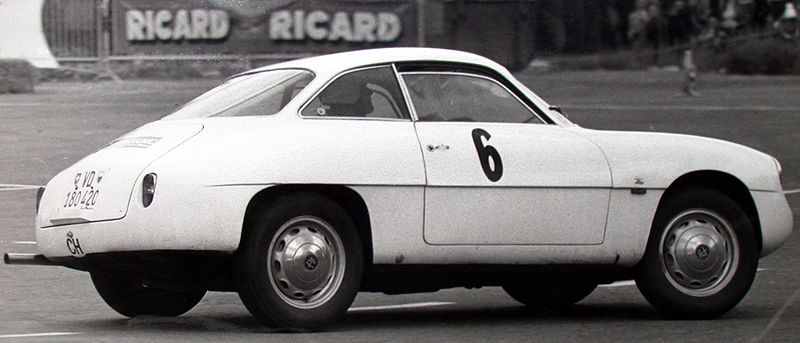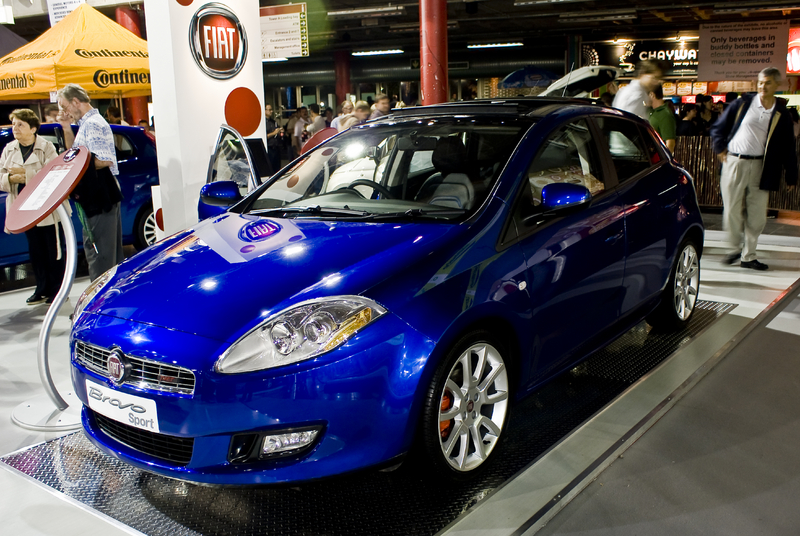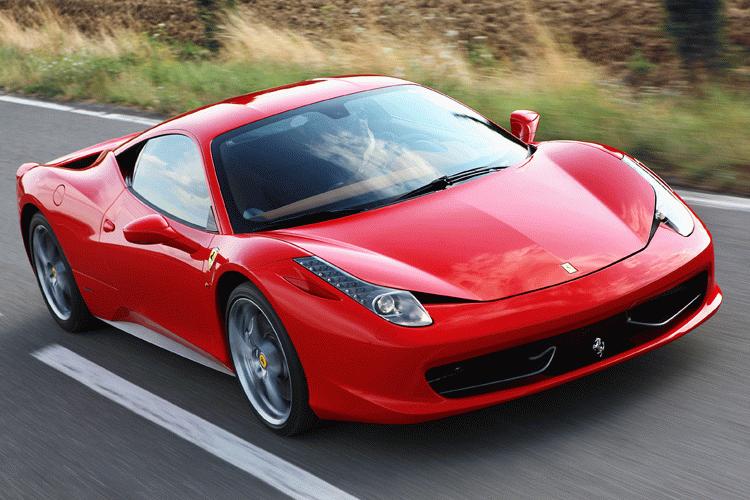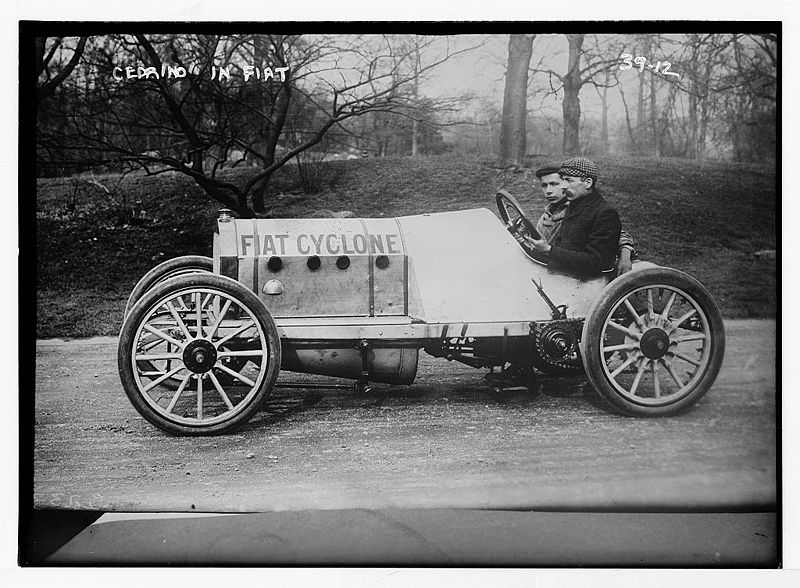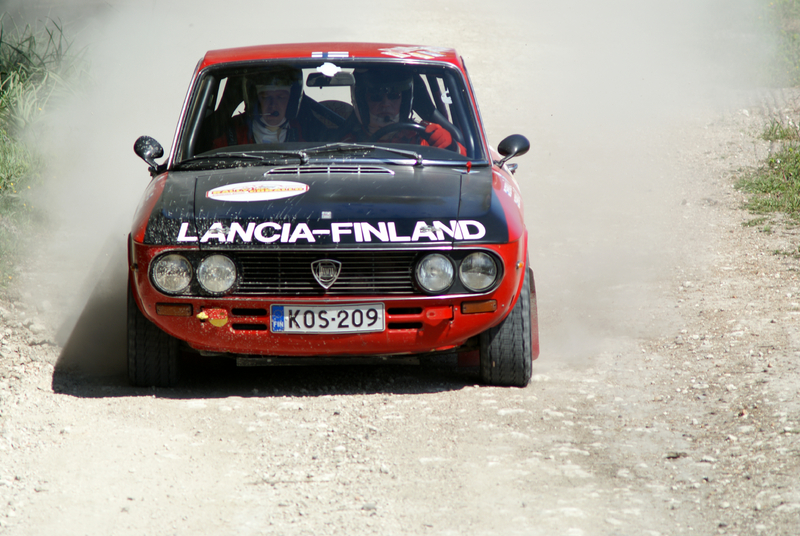Fast and luxurious, these cars have made history.
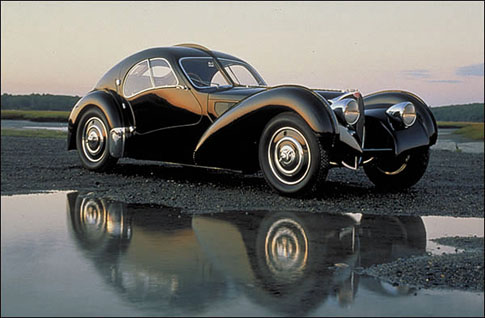
The funder
Ettore Bugatti was born on September 15, 1881, in Milan. He study at Milan’s Academy of Art. Then, he did an apprentice with the Prinetti & Stucci bicycle factory. He was bewitched by mechanics and technology. In fact, automobiles were starting to take over the industry. In 1897, he raced his first vehicle, a bicycle.
By 1901, Ettore had created his first automobile with the help of the Gulinelli brothers. He introduced it in Milan at the International Exhibition. And he won the T2 prize for the construction.
Bugatti approached the de Dietrich Company and asked them to produce his vehicle. Finally, the license was granted. Since Bugatti was still a minor, his father signed the contract. In the next few years, he produced five more vehicles for Cologne’s Deutz Company.
The Mathias Contract
Ettore Bugatti spent a great deal of time developing and building racecars. But the de Dietrich Company preferred developing a series production. Since Bugatti didn’t oblige, his contract was terminated. Then, he looked for work at Emi Mathias. He designed a new automobile and installed a 4-cylinder engine. Within two years, problems ensued. Again, the contract was terminated.
Bugatti Forges Ahead
Ettore didn’t give up. In fact, his goal was to design race cars.
He developed an automobile that had a 50hp engine in 1906. Deutz obtained a license to produce it. And Bugatti led the production department. During his free time, Ettore worked in the basement of his apartment in Cologne, creating automobile designs. Here, he developed the Model 10.
Main Plant
In early 1909, he opened his first business in the town of Molsheim, Germany. At the beginning, he built five aircraft and ten automobiles.
Success
In January 1910, the factory delivered the first machines. Five cars were built that year. All five sold. The same year, Bugatti’s assistant, Ernest Fredrich drove Bugatti automobiles in races. This was the beginning of the legendary success for Bugatti cars on the racing circuit.
Bugatti experienced several wins on the track in 1911. That year, he signed contract with Peugeot. Hence, the Babe Peugeot with a Model 19 engine was born.
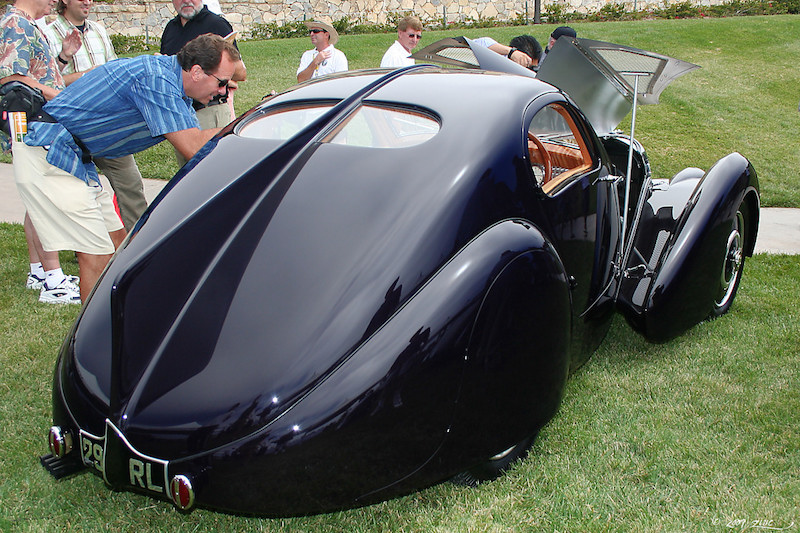
Aircraft Engines
Between 1914 and 1918, the Italian manufacturer developed and produced aircraft engines. Even after the war ended. Bugatti increased production and hired more employees.
Racing history
In 1921, Bugatti’s race team took first, second, third and fourth place in Brescia at the Voiturettes Grand Prix. The wins immortalized the Bugatti Model 13. From that time forward, every 16-valve engine was stamped Brescia in honor of the race site.
In the following years, he designed various successful and innovative models. Like the model 29/30 with hydraulic brakes and a chassis in the shape of a cigar. Or the model 32, with a blade-shaped chassis, known as the “Tank.” Then the model 35 with sport aluminum spoke wheels and a 2-liter 8-cylinder engine.
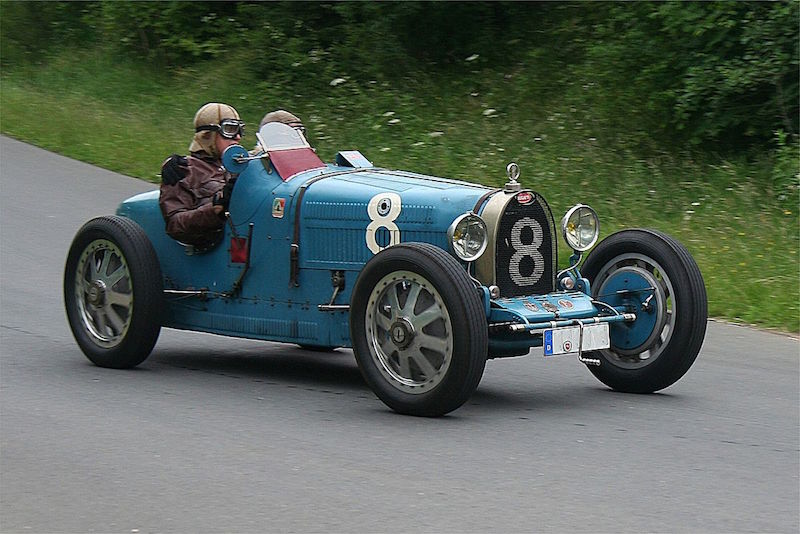
Unfortunately, the luck didn’t last forever, in fact, by the 1930s, the company entered a crisis.
Sun Among the Clouds
The years of 1932 to 1934 were very difficult for Bugatti. However, Ettore was able to find a glimmer of sun among the clouds. He won a contract with the French government to build a new, high-speed train. Railcars were built at the Bugatti plant and the technically superior Royale engines were used. The French government was delighted with the result. This contract put Bugatti back on solid financial ground. The train was the exclusive design of Ettore himself. The only car being produced at this time was the Model 57. Approximately 750 of these sedans were built and sold.
Strike!
Bugatti’s world was changed forever in 1936. His employees wanted better working conditions and an increase in pay. Ettore had always treated his workforce fairly, providing good social benefits and above average earnings. This caused him to take the strike demands personally. Though he had always had a close relationship with his employees, he now withdrew to his office in Paris. The strike caused a rift in the Molsheim plant that never healed.
Le Mans Victory
In 1937, drivers Robert Benoist and Pierre Wimille were victorious at Le Mans. They drove a Model G57 Tank.
As the decade of the 1930s came to a close, Ettore Bugatti once again found himself and his company in financial upheaval. Jean, his son, encouraged him to enter a team to race at Le Mans. Drivers Pierre Wimille and Pierre Veyron shared a Bugatti car with a 57 series chassis that had a compressor. The two brought in an important win. This was the last big victory for the Company. Bugatti’s son, Jean, was killed during a test drive on August 11, 1939. Within a few days, WWII broke out.
Post War
When WWII ended, a few weak attempts were made to revive production at the Molsheim factory. Because of financial problems, Bugatti was unable to produce any new automobiles.
Ettore Bugatti Dies
Ettore Bugatti contacted a lung infection and died in a Paris military hospital on August 21, 1947. During the time that he led the Company, approximately 7,900 automobiles were produced. Many of them have survived to present day, which attests to Ettore’s genius and skill. He left behind a legacy of great contributions in the history of the automobile.
A history that is difficult to ignore.



